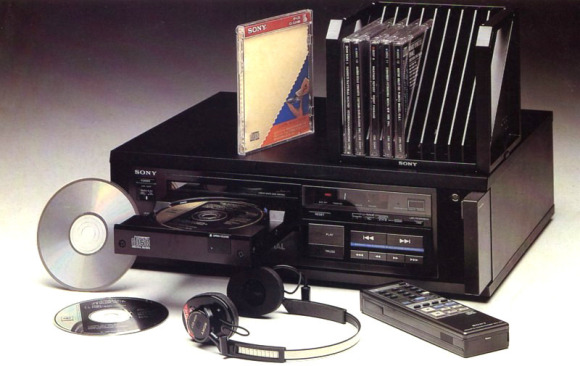
10 DAYS OF VINTAGE: Day 4
In early 2009, I undertook my most ambitious slideshow up to that point: The Ten Greatest PC Games of All Time for PCWorld.com.
After playing dozens of games, reading opinions on forums and blogs across the Internet, and consulting every previously published list of greatest PC games I could find, I made a rough list of about 50 games. Then I stuck them in a spreadsheet and rated them based on various criteria.
During the process, I also surveyed several well-known PC game developers (and Dan Bricklin) for their nominations of Greatest PC Games. I did the best I could, and of course, the result reflected one man’s opinion. Here’s what I came up with:
#10: TradeWars 2002
#9: Myst
#8: The Sims
#7: StarCraft
#6: Rogue: The Adventure Game
#5: M.U.L.E.
#4: SimCity
#3: Sid Meier’s Civilization
#2: Doom
#1: World of Warcraft
It pissed everybody off, of course.
(Well, just about everybody. Fellow journalist Jenn Frank and her mom liked it. But that was about it.)
 Editors who had not been consulted were livid that I was apparently speaking on behalf of PC World with such an important-sounding list (not my intention), and people all around the U.S. were upset that I didn’t include Half-Life or X-Com: UFO Defense.
Editors who had not been consulted were livid that I was apparently speaking on behalf of PC World with such an important-sounding list (not my intention), and people all around the U.S. were upset that I didn’t include Half-Life or X-Com: UFO Defense.
Meanwhile, readers in the UK cried for blood and shouted, “Where is Tomb Raider??!!” I just scratched my head on that one — apparently it’s a national classic over there.
It didn’t help that my editor had changed the title to “The 10 Best PC Games Ever.” After about two dozen angry comments, I got my editor to change it back to “greatest” — the difference being that I was going after influential and culturally important games — not necessarily the “best” games to play today. (I also regretted not making a title slide for that slideshow for the first time, so it always says “best” on there.)
The piece got syndicated on MSN and everywhere else, so the title change didn’t propagate there. Hate seethed at me from all corners of the globe. I honestly don’t enjoy making people upset, but man, it was fun to watch people go apeshit over a slideshow.
[ Continue reading [ VC&G Anthology ] Developers Cite The Greatest PC Games of All Time (2009) » ]






 In October 2008, I created a slideshow to celebrate the
In October 2008, I created a slideshow to celebrate the 

 In September 2008, I began working on an in-depth history of the early online virtual world called Lucasfilm’s Habitat for 1UP.com. After delays in hearing back from Chip Morningstar (one of the game’s co-creators) and an unexpected death in my wife’s family, the article got the kibosh. It’s probably for the best, because I barely knew what I was doing back then.
In September 2008, I began working on an in-depth history of the early online virtual world called Lucasfilm’s Habitat for 1UP.com. After delays in hearing back from Chip Morningstar (one of the game’s co-creators) and an unexpected death in my wife’s family, the article got the kibosh. It’s probably for the best, because I barely knew what I was doing back then.





